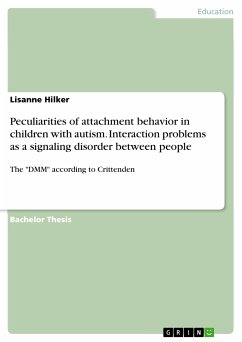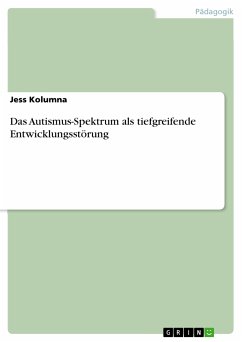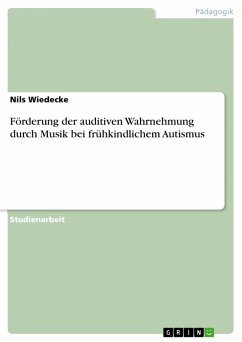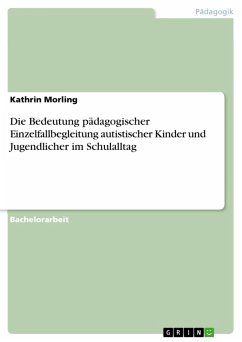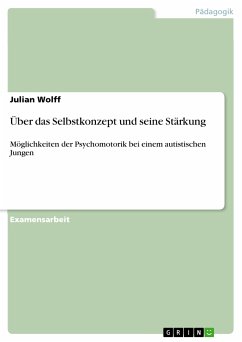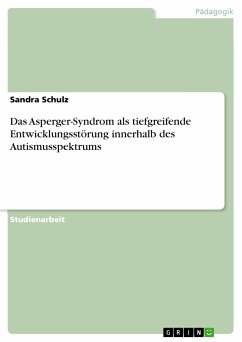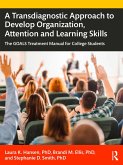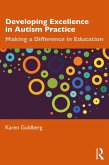Bachelor Thesis from the year 2014 in the subject Pedagogy - Orthopaedagogy and Special Education, grade: 1,0, University of Frankfurt (Main), course: Erziehungswissenschaften, language: English, abstract: The phenomenon of autism seems to fascinate society as it becomes more widely known, but unfortunately its significance is often completely misunderstood. Reactions to the topic are often monosyllabic. Along with the symptoms come interesting ideas: people with autistic disability live in their "own world," they have no feelings or social interest, and they are also geniuses. This work is concerned, among other things, with clearing up these false "facts". The main part of this thesis can be divided into three parts: first the topic of autism is dealt with, then that of attachment and finally attachment behavior in people with autism. This bachelor thesis does not only serve to enlighten about autism, i.e. to describe the development of autism research and the symptomatology, but also to dedicate a special aspect: the assumption that people with autistic disabilities have no social interest and do not develop emotions. In order to examine this aspect more closely, the time of early childhood will be addressed, the age at which the person forms his first attachments. It will be attempted to get to the bottom of the cause and purpose of attachment, the theory of attachment, the phases and forms that attachment goes through and takes on, as well as which factors promote stable attachment behavior. However, the questions that this bachelor thesis ultimately addresses are: Can all people form attachments in principle? If so, how do they manifest themselves in disabled children, especially in children with autistic disabilities? Are there any special features and if so, what are they due to? A special role in answering these questions will be played by the "Dynamic Maturation Model of Attachment and Adaptation" according to Dr. Patricia Crittenden.
Dieser Download kann aus rechtlichen Gründen nur mit Rechnungsadresse in A, B, BG, CY, CZ, D, DK, EW, E, FIN, F, GR, HR, H, IRL, I, LT, L, LR, M, NL, PL, P, R, S, SLO, SK ausgeliefert werden.

